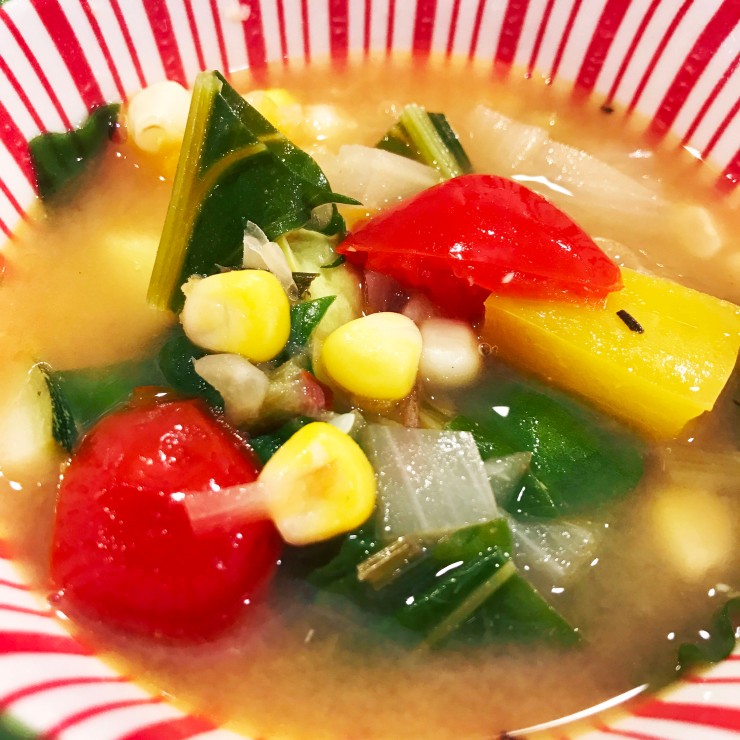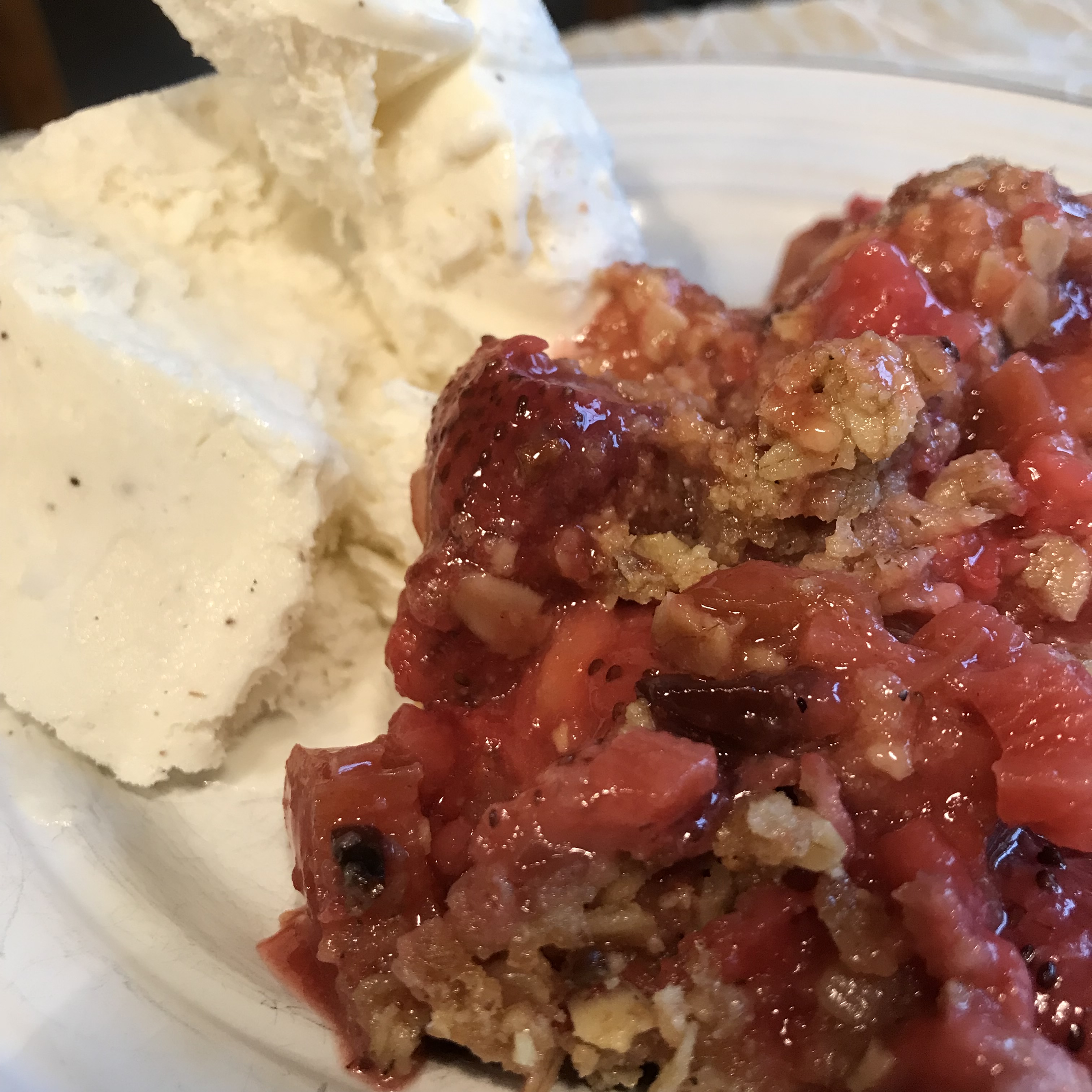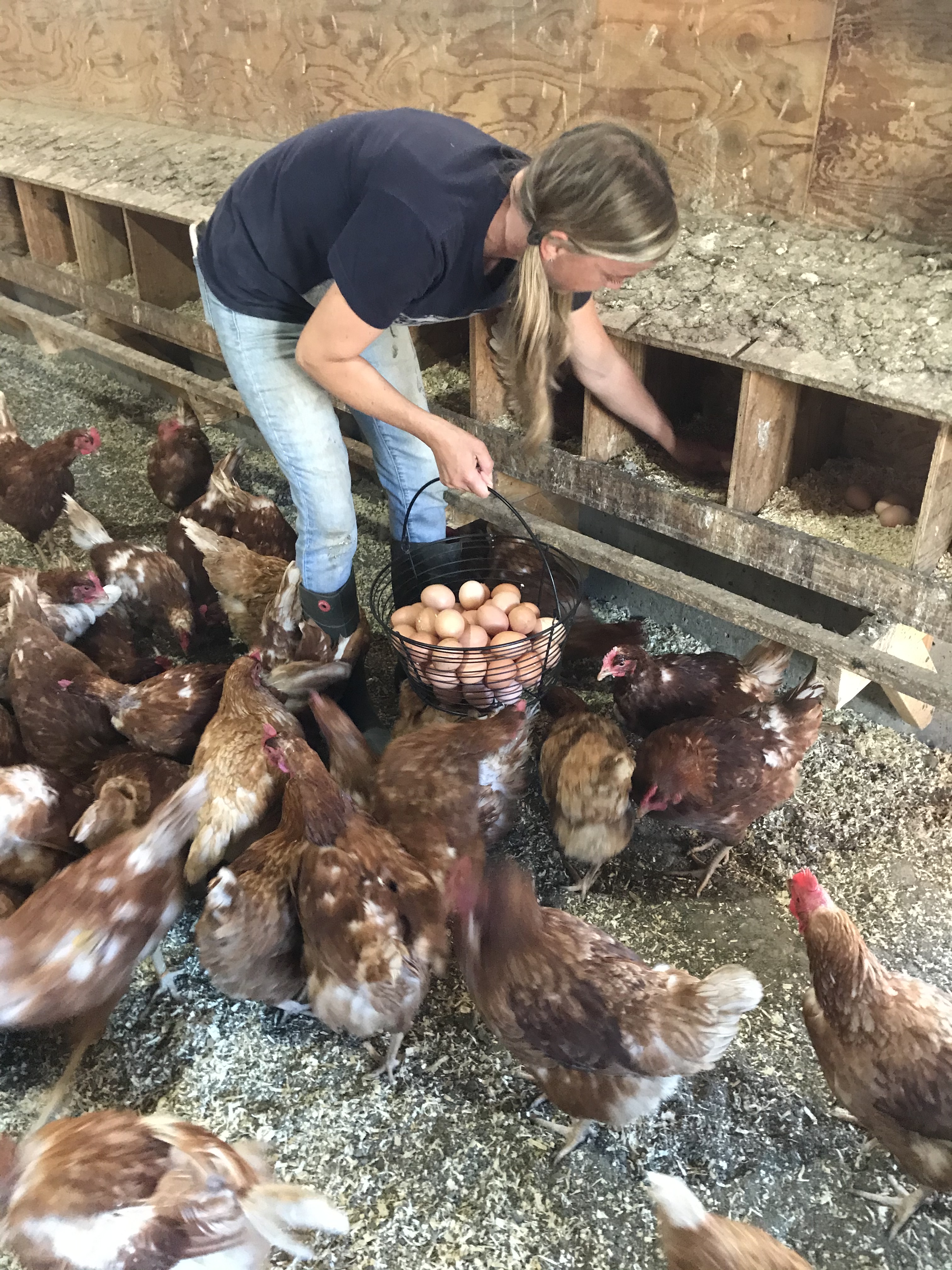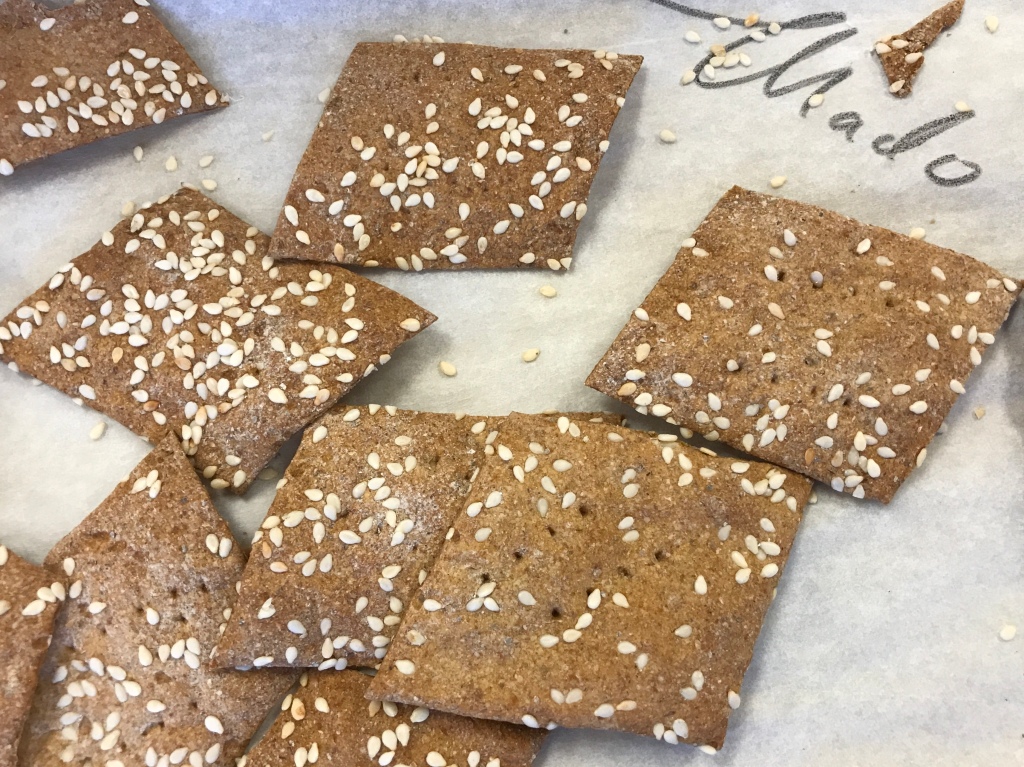There is something so very gratifying about making soup again — despite the sweltering August heat. The kitchen garden is busting with basil, tomatoes and zucchini. Meanwhile, the fridge is crowded with leftover this and that, daily harvests tucked into bags and fresh produce splurges found on sale.
I open the crisper and am determined to find a destination for a clutch of golden beet greens that are still fresh and vibrant a whole week after their yellow orbs were removed. Wouldn’t these greens taste fine in a vegan bean soup? I pounce on two cups of leftover bean dip: the genesis. Laced with lemon, rosemary and smoked paprika, this luscious dip on the blog last week will be this week’s soup base.
I yank out a medium pot, heat it on medium-high, waiting a minute or two before drizzling the base with two tablespoons of olive oil. Next up, a chopped yellow onion and two stalks of celery sprinkled over by a confetti of golden beet leaf stalks.
Down in our basement, where the rat once lived, I survey the contents of my standup freezer door where each of the four shelves is lined with green-lidded yogurt containers. Most are full of chicken or bean stock. Others contain soup. Some are pasta sauces. All are meticulously labelled. I grab two white bean stock containers and climb up the rickety wood stairs.
In a flash, a soup base is born. It’s strange to spoon my cold bean dip into the caramelized onions, celery and beet stalks but magic happens when I pour in the broth and a cloudy, creamy liquid swirls beneath.
More veg! I cut a yellow bell pepper into mouthfuls and a dozen grape tomatoes into quarters. A cob of corn is sliced into a pile of niblets that are shoved with my chef’s knife into the mix. I find a small patty pan squash and a zebra-striped zucchini from today’s harvest and chop them up.
I fiddle with seasoning, starting small with salt — just a teaspoon — then lashings of ground black pepper, a big pinch of chilli flakes and 1/2 teaspoon of smoked paprika. On with the cover and a low simmer for 10 minutes or so.
Another taste of this soup-in-the-making tells me lemon from the dip is too loud. I blunt it with tomato paste. I don’t open a can, I find a flattened sheet of tomato paste frozen into a thin, easy-to-break sheet from the flavour drawer in my kitchen freezer. Baggies full of frozen bay laurel and kaffir lime leaves, lemon grass, chopped herbs, galangal, whole Thai red chili peppers and lime juice cubes are just a reach away from stovetop soups, curries and sauces.
I toss in a square inch of paste along with another 1/2 teaspoon of kosher salt and a sprig of basil, pinched from the garden just moments ago,
Another taste. This soup is still asking for more…
I give it a wallop, smashing two cloves of hard-neck garlic just harvested by a Cowichan Valley young farmers’ collective. The smash is so sticky, papery thin garlic skins become glued to my fingers. Sticky garlic can only mean one thing: Rich, garlicky bite. I sprinkle the sticky crumble over the bubbling soup’s surface and chuckle and natter on to myself, laughing like a witch.
Last step and we find ourselves at the beginning again. Those beet greens. I slice then slide them off my cutting board, the green mound melting instantly into a sea of beans. I turn off the heat. It’s done. Soup again.
Garden Vegetable Bean Dip Soup
Totally unorthodox, this soup’s success rests on humus or bean dip. Clean out the contents of your fridge with this nutritious brew, substituting any of my additions with your own fridge or garden finds.
2 tbsp olive oil
1 cooking onion, chopped
2 stalks celery, chopped
1 bunch golden beet stalks, minced
2 cups bean dip
6 cups white bean vegetable stock
1 yellow bell pepper, cubed
1 small zucchini, 1/2-inch dice
1 patty pan squash, sliced
4 small boiled potatoes, cubed
6 grape tomatoes, quartered
Niblets from one cob of corn
1-2 tsp salt
1/2 tsp freshly ground black pepper
1 tbsp tomato paste
1/2 tsp smoked paprika
Big pinch chili flakes
2 cloves garlic, smashed and minced
Beet greens, sliced
Heat a medium pot on medium-high. Add oil, onion, celery and beet stalks and saute until tender. Add bean dip and stock. Bring to a boil. Add bell pepper, zucchini, patty pan squash, potatoes, tomatoes and corn. Season with salt, black pepper, tomato paste, paprika, chilli flakes and simmer, covered for 10-15 minutes or until tender. Add garlic and beet greens and cook a final minute or two.








 Once home, I carry my two bulging forest bags into the kitchen. I climb a step stool and reach for the tallest pasta pot I can safely lift down without breaking my neck. Once boiling and salted, the water is ready for my nettles to take the plunge.
Once home, I carry my two bulging forest bags into the kitchen. I climb a step stool and reach for the tallest pasta pot I can safely lift down without breaking my neck. Once boiling and salted, the water is ready for my nettles to take the plunge. “I’ve been doing this since I was five, but I still yelp when they nip me.”
“I’ve been doing this since I was five, but I still yelp when they nip me.” I chickened-out and made a tentative reach into an unoccupied box to find five or six abandoned eggs.
I chickened-out and made a tentative reach into an unoccupied box to find five or six abandoned eggs.



